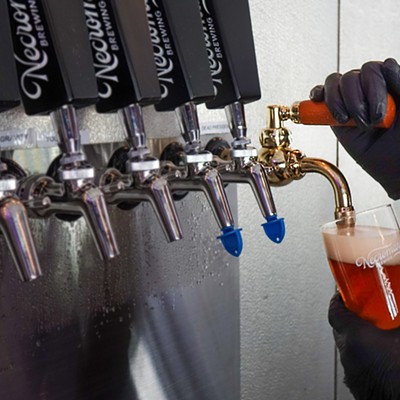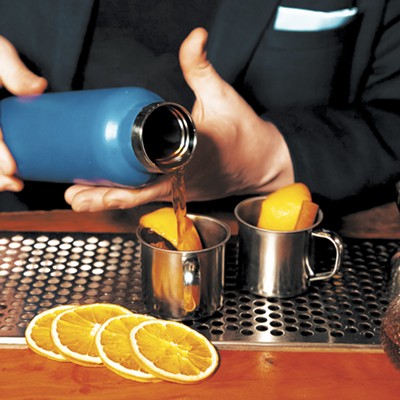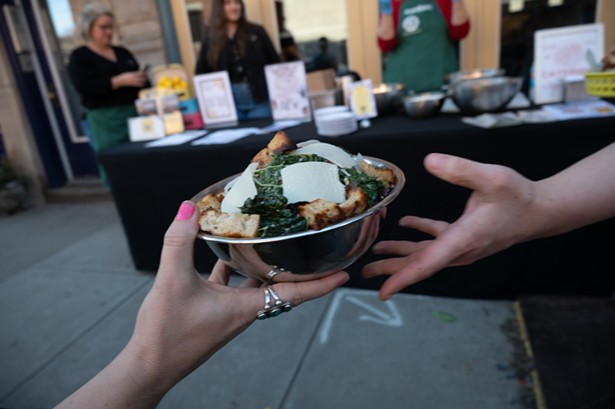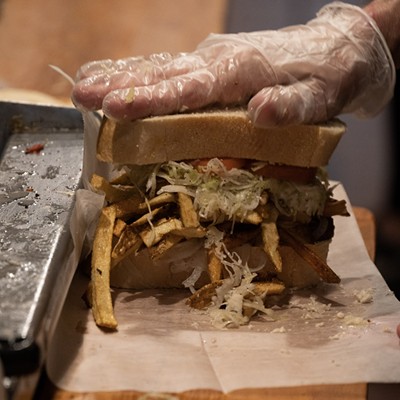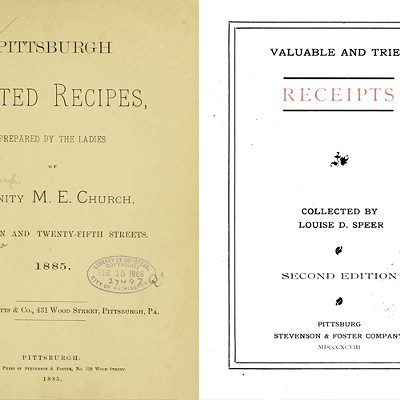Lee Ann Sommerfeld and Peter Streibeg are two craft distillers who dance to their own tune. While Pittsburgh's emerging distillery scene has clustered in neighborhoods alongside the Allegheny River, their Stay Tuned Distillery occupies a former Munhall schoolhouse. And the Mon Valley ZIP code isn't the only unexpected thing about it.
After beginning to offer rye and single-malt whiskies in November, Stay Tuned released its second spirit this month: a gin called Pathogin.
Pathogin starts with a base spirit — white whiskey from unsmoked barley — from Virginia-based Copper Fox Distillery. But Stay Tuned adds botanicals that have hometown roots — literally.
Sommerfeld grows much of the blend in her Penn Hills garden, and Wild Purveyors' Cavan Patterson forages for nearly all of the rest of it. Sommerfeld says the only ingredients that aren't locally sourced are the juniper and citrus peels.
"It looks like a Harry Potter experiment," Sommerfeld says of the botanical mix.
Early on in the creative process, she says, she decided she didn't want to produce a market standard juniper-forward gin. "I'm sure I could create a gin like Bombay, but then what's the point of that?" she says. "You could just go buy Bombay and it would be a lot less expensive."
Instead, you'll taste anise, herbs and barks, with juniper as a faint note in the background. Sommerfeld adds that Pathogin isn't designed for some traditional drinks, like a gin and tonic. "Why blow out all these flavors we created? Just say no to quinine," she says. Instead, she suggests, add a dash of orange bitters to accentuate the flavor.
Pathogin can be found in cocktails at Kelly's, Social, Acacia and a handful of other Pittsburgh bars; bottles can be purchased directly by visiting the distillery.
Sommerfeld plans to change the botanical blend with the seasons. For spring and summer, for example, expect that the gin will become less earthy and more floral. "I'm trying to be instinctual about it," she says.


